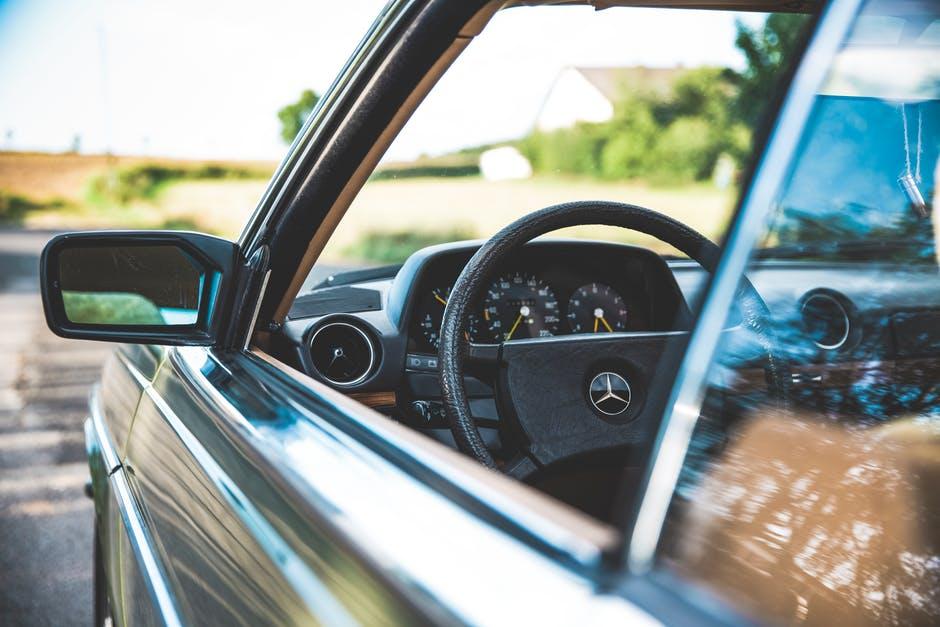Chances are you have heard the term “exotic car,” but you may wonder what vehicles fit this criteria. Exotic cars are distinguished by their limited production, standout designs, exceptional performance, and typically high costs. The limited production of exotic cars establishes a sense of exclusivity, accentuating their appeal while driving their market value. This exclusivity also allows owners, who almost always reserve the vehicles far in advance, to highly personalize their cars. In turn, collectors and enthusiasts from across the world come to appreciate different models’ unique craftsmanship.
Regarding performance, exotic cars generally have robust engines, cutting-edge aerodynamics, and advanced technology facilitating features like launch control and race track settings. Maserati’s MC20, Ferrari’s SF90 Stradale, and Lamborghini’s Revuelto are a few examples of exotic car models.
The high-value status of exotic vehicles heightens their transport risks, so we’re here to give owners peace of mind by providing a guide that ensures their prized car’s safety.
Why Exotic Cars Require Special Handling During Transport
Exotic cars often contain low ground clearance and wide bodies requiring specialized loading/unloading equipment, and delicate components integral to a vehicle’s design and performance, like carbon fiber, and custom paintwork—all of which contribute to their high value. Examples of specialized equipment facilitating safe loading and unloading include but aren’t limited to hydraulic lift gates or ramps, low-angle ramps, and winches.
Standard car shipping practices in services like open-carrier transport use an approach more suited to cars with values below $100,000. Exotic vehicles also pose heightened security risks since they’re often flashy targets for thieves, need thorough weather and environmental protection, and carry heightened insurance stakes.
Choosing the Right Auto Transport Service
The high-value nature of exotic cars calls for enclosed auto transport rather than open-carrier transport since the vehicle will be completely shielded from outside elements that could incur damage, such as road debris or inclement weather. Enclosed shipping costs more than open-carrier transport, but peace of mind as an owner is priceless when moving one of these models. Ideally, you’ll want to use a company with experience handling exotic and luxury vehicles and practices reflecting an understanding of this class’ transport requirements.
Along with offering enclosed shipping, a qualified transporter should communicate what advanced equipment they have for handling exotic cars. If handling procedures aren’t detailed in the company’s promotional materials, request information from a representative, along with insurance and documentation details, which we’ll cover in more depth later. The best high-value auto transport services will offer real-time GPS tracking and consistent communication. You should prioritize looking for companies with consistently high online reviews, but the close-knitness of exotic car communities can be a valuable asset in sourcing word-of-mouth recommendations for companies.
Lastly, verify that a carrier has active USDOT (United States Department of Transportation) and MC (Motor Carrier) numbers. A USDOT number tracks a carrier’s safety record and other inspection and audit-related information, like crash investigations, compliance reviews, and drug and alcohol testing. An MC number shows that a company is an operating authority for interstate transportation while clarifying its cargo or passenger type. Carriers must have a USDOT number to operate and an MC number when carrying vehicles across state lines.
Preparing Your Exotic Car for Transport
You’ll want to clean an exotic car thoroughly before transport to prepare for its inspection from both you and the carrier. Clean the exterior and interior, and address areas prone to buildup, such as wheels, wheel wells, and the undercarriage. You’ll also want to remove any personal items from the interior and accessories since companies don’t typically cover these belongings from theft or damage during transit. Detailed photos are the best way to document a car’s condition so you have a reference point in case any damage occurs.
Keep the tank ¼ full of less to minimize weight and potential hazards, check and top off fluids, and inflate tires to the recommended pressure. Disabling alarms and anti-theft will help prevent accidental activation during transport, and securing or removing loose parts, such as spoilers, will help minimize damage risks. Some specialized auto carriers will offer short-term secure storage services for removed components during transit or while awaiting pickup or delivery. Don’t forget to communicate any special handling instructions to the transporter.
Insurance and Documentation
Insurance for exotic car transport will generally cover accidents, theft, vandalism, natural disasters, and road hazards during loading, transit, and unloading. Specialized exotic vehicle carriers often offer insurance matching or approaching the car’s full market value, including factory and aftermarket parts. You’ll need to access your exotic car’s value and potentially purchase additional or supplemental insurance to fill any coverage gaps.
A few strategies will help confirm a carrier’s active insurance policies. Start by contacting the carrier to request an insurance certificate directly. You can also ask an auto transport company’s insurance provider to validate their protection and coverage amount. Third, auto carrier transport customers can enter a company’s USDOT number or MC docket number on the FMCSA’s (Federal Motor Carrier Safety Administration) website. Always verify the deductible amount before shipping to ensure it’s manageable, ask about the claims process, and keep copies of documents for your records. Documents that you’ll need to prepare include registration, proof of ownership, bill of lading, and a photo inventory.
Pickup and Delivery Day Tips
A carrier representative will perform a walk-around inspection before loading your exotic car for transport and signing the bill of lading, which you’ll also sign. A bill of lading describes the vehicle’s condition, pickup, delivery locations, and terms of transport. You can compare the photos you took documenting your exotic car’s condition with the representative’s pickup and delivery day inspection to finalize the bill of lading. Door-to-door transport service is preferred for high-value exotic vehicles instead of terminal-to-terminal delivery since it minimizes handling and reduces risk while offering more convenience.
It’s helpful to book transport well in advance when shipping an exotic car, ideally 4 to 6 weeks ahead, especially for rare or high-demand routes. You should know that carriers provide a drop-off window, typically 24 to 48 hours, instead of exact times, so keep this period open to ensure a stress-free handoff.
FAQ: High-Value Exotic Car Shipping
Round out your knowledge of exotic vehicle transport with a few of this service’s most frequent questions below.
How Long Does It Typically Take to Ship an Exotic Car Coast-To-Coast?
Cross country car shipping usually takes 7-10 days, but some expedited services can reduce this to 5-7 days. Planning at least 1-2 weeks total for pickup and delivery will help you manage expectations and achieve smooth scheduling.
Can Exotic Cars Be Shipped Internationally, and What Additional Steps Are Involved?
You can ship exotic cars internationally with container shipping, roll-on/roll-off (RoRo), or air freight transport. Required paperwork includes bill of lading, title, registration, customs declarations, and import/export permits. You’ll also need to meet the import country’s emissions, safety, and import quota regulations. Ocean shipping can take several weeks but is less expensive than air freight transit.
How Do Transport Companies Protect Exotic Cars From Damage During Transit?
Aside from protecting against elements like road debris, many exotic car transporters use enclosed carriers to establish a temperature-controlled environment that maintains a vehicle’s condition. Once loaded, cars are secured with soft nylon tie-downs attached to the wheels or rims, preventing paint or chassis damage. Layers of protection often include cloth covers and plastic wraps.

